





 |
 |
 |
 |
 |
 |
| Dick Osseman | profile | all galleries >> Troy >> Palace House VIM | tree view | thumbnails | slideshow | map |
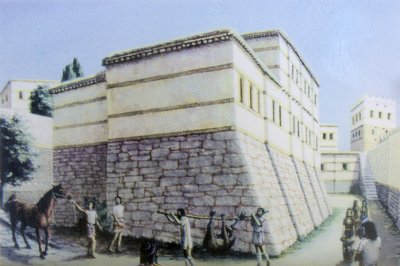 Troy_006_2687.jpg |
 Troy_006_2688.jpg |
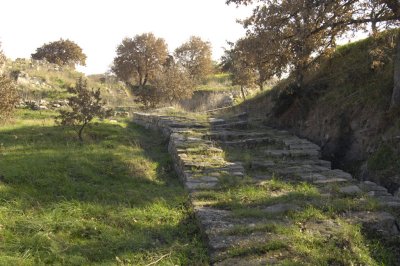 Troy_006_2689.jpg |
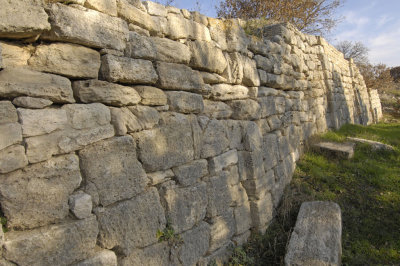 Troy_006_2690.jpg |
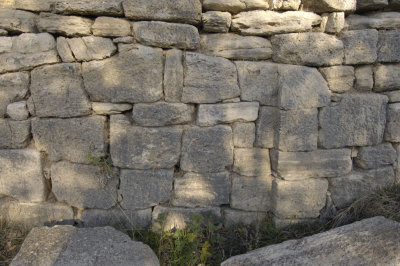 Troy_006_2691.jpg |
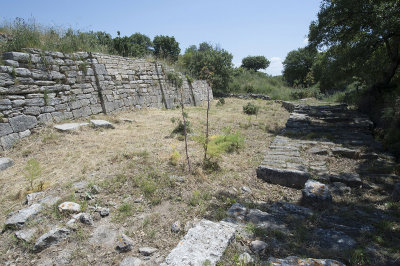 Troy May 2014 7806.jpg |
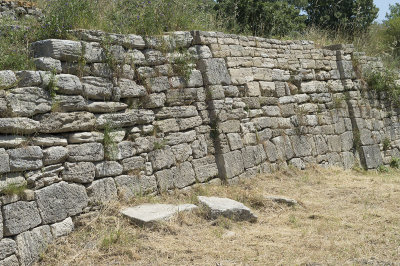 Troy May 2014 7810.jpg |
| comment | share |